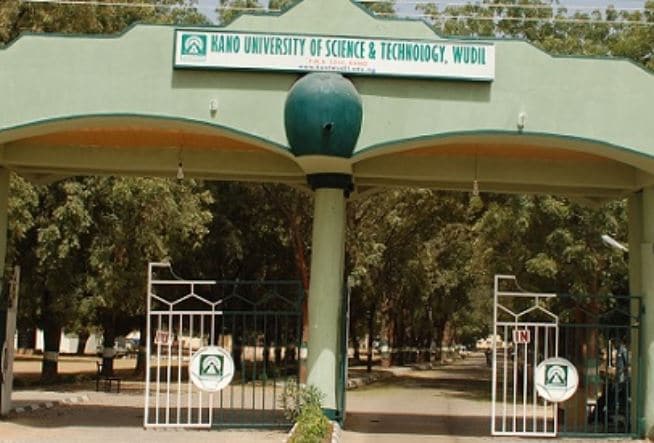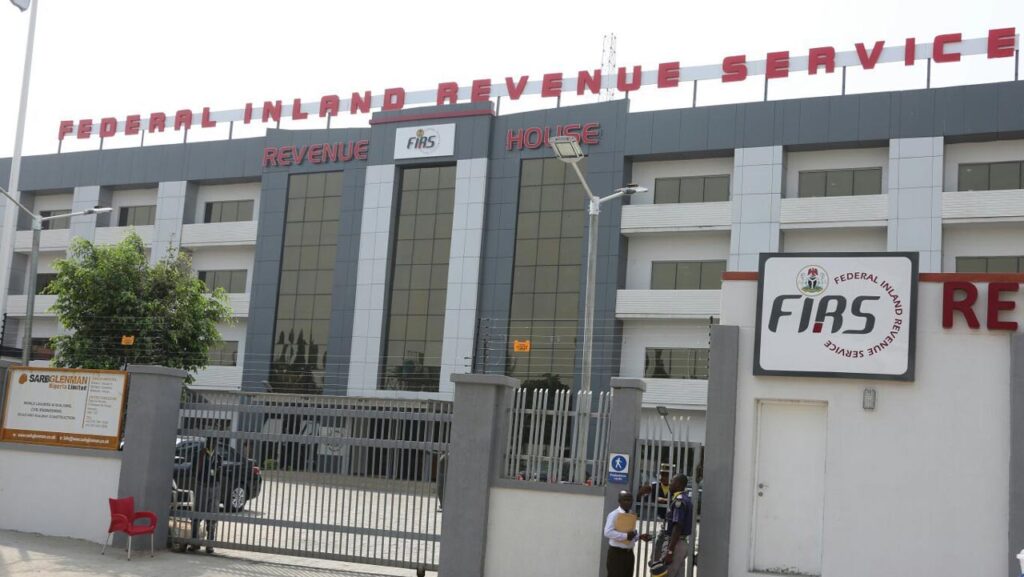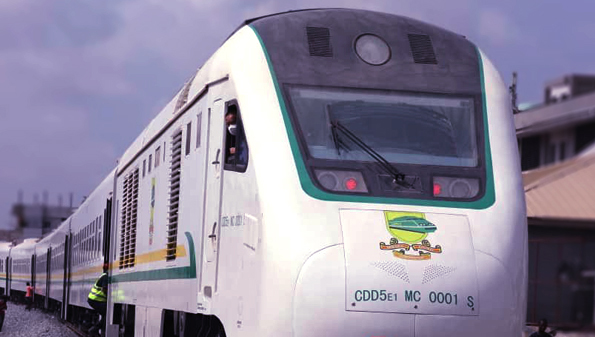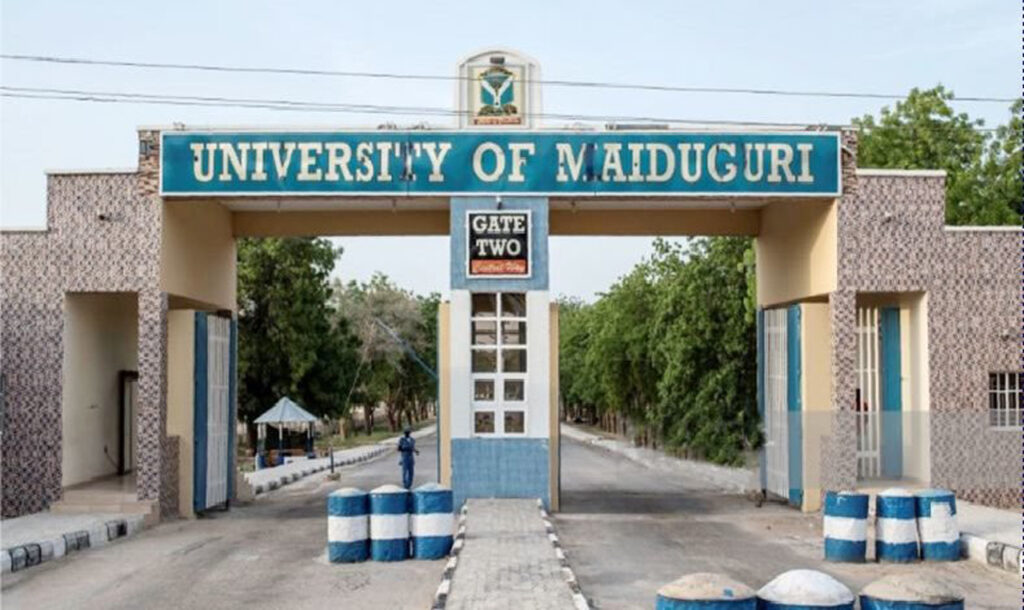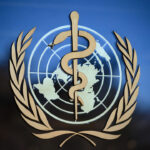 Nearly 630 million years of healthy life are lost in Africa each year due to disease, costing the region more than 2.4 trillion international dollars, the World Health Organidation (WHO) estimated.
Nearly 630 million years of healthy life are lost in Africa each year due to disease, costing the region more than 2.4 trillion international dollars, the World Health Organidation (WHO) estimated.
The impact of infectious diseases in Africa is profound, causing starvation, illness, and death in crops, livestock, and people. They also hinder economic development and can destabilise entire countries. Zoonotic pathogens, such as the monkeypox virus, originating in animals and then infecting humans, pose a growing risk in Africa. The WHO’s analysis shows a 63 percent increase in zoonotic outbreaks in the region from 2012-2022 compared to 2001-2011.
Furthermore, between 2001 and 2022, 30 percent of the 1,843 recorded public health events in the WHO African region were zoonotic disease outbreaks. Ebola Virus Disease and other viral hemorrhagic fevers constitute nearly 70 percent of these outbreaks, with diseases like dengue fever, anthrax, plague, and monkeypox making up the rest.
Also, the latest data on monkeypox shows a significant increase in cases since April 2022, mainly in the Democratic Republic of the Congo and Nigeria. While this rise could partly be attributed to enhanced surveillance and testing, investigations are ongoing. Despite this trend, the overall cases of monkeypox have been rising since 2017, except for a drop in 2021.
“Infectious diseases, affecting humans, animals, and crops, remain a significant impediment to economic development and human health in Africa,” says Dr. Moeti. “Until this challenge is met, the development of the continent will continue to be severely retarded.”
However, recent advancements in technology are reshaping the landscape of disease control. A fusion of satellite imaging and artificial intelligence (AI) strategies is emerging as a potent weapon in this fight, offering hope for more effective surveillance, diagnosis, and treatment.
“Satellite technology and AI is a game-changer,” Oladimeji Mudele, a Remote Sensing, AI and Public Health Expert said in an interview. “In regions burdened by malaria, for example, the lack of meteorological data infrastructure hampers our ability to understand disease spread. Satellite imagery fills this gap, enabling us to establish early warning systems and mitigate the impact of climate on infectious diseases.”
Satellite surveillance allows researchers to monitor crucial environmental variables like temperature, precipitation, and humidity. These factors profoundly influence the behaviour of pathogens and vectors, shaping their interactions with human and animal hosts.
Speaking further, Mudele added that innovative AI-driven technologies offer unprecedented opportunities in drug discovery to improve healthcare on the continent. “AI accelerates this process by identifying novel drug targets, predicting efficacy, and even repurposing existing drugs. This rapid turnaround is critical in addressing emerging infectious diseases.”
Moreover, AI-powered diagnostic tools revolutionize parasite detection, particularly in remote areas with limited healthcare infrastructure. These tools offer rapid and accurate diagnoses, minimising human error and workload.
“My framework combines satellite imagery with AI to predict disease risk exposure and identify key climate variables driving disease prevalence,” said Mudele. “This empowers data-driven planning to minimise disease burden and optimise healthcare resources.”





